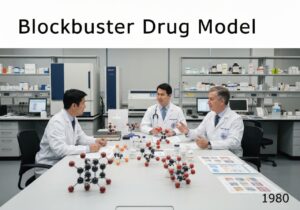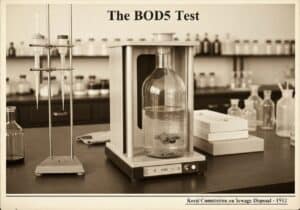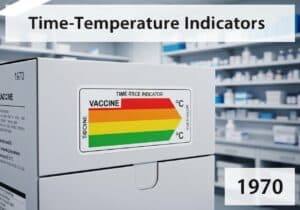The product 生命周期 is often graphically represented by a so-called “S-curve”, also known as a logistic function. This curve plots sales volume against time. It shows a slow initial uptake (introduction), followed by a period of rapid exponential growth, which then slows down as the market approaches saturation (maturity), eventually flattening or declining. The shape reflects market adoption processes.
The S-curve, or logistic curve, provides a mathematical foundation for the product life cycle concept. The underlying principle is that growth is often self-limiting. In the context of a product, the ‘limit’ is the total potential market size. The formula for a simple logistic function is often expressed as [latex]S(t) = \frac{L}{1 + e^{-k(t-t_0)}}[/latex], where [latex]S(t)[/latex] is sales at time [latex]t[/latex], [latex]L[/latex] is the maximum market potential (the curve’s asymptote), [latex]k[/latex] is the growth rate, and [latex]t_0[/latex] is the midpoint of the growth phase (the inflection point of the curve). This inflection point corresponds to the period of maximum growth rate, after which growth begins to decelerate. This deceleration is a critical signal for managers, indicating the transition from the growth to the maturity stage. The model’s power lies in its ability to capture the dynamics of social contagion and network effects, where initial adoption by a few innovators and early adopters leads to wider awareness and a cascade of adoption by the majority, until the pool of potential new customers is exhausted. While the classic PLC model is descriptive, the S-curve offers a quantitative tool for forecasting and analysis. However, its practical application can be challenging, as accurately estimating the parameters, especially the market potential [latex]L[/latex], can be difficult in the early stages of a product’s life.
The logistic function itself was first identified by Pierre François Verhulst in the 1830s to describe population growth. Its application to technological and product diffusion became prominent in the 20th century, notably through the work of sociologists like Everett Rogers. In 营销, it provided a more rigorous, data-driven alternative to purely qualitative descriptions of product evolution, allowing for more sophisticated forecasting models.




























